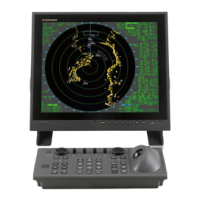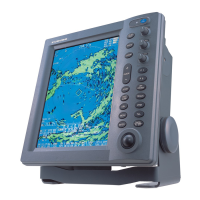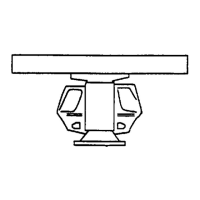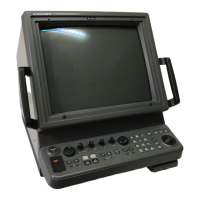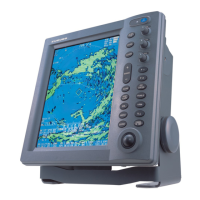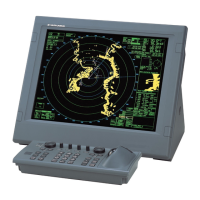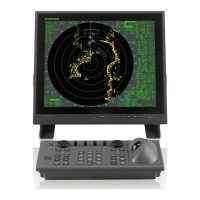Why Furuno FA Marine Radar range rings are not displayed?
- JJanice MorganSep 23, 2025
If range rings are not displayed on the Furuno Marine Radar, it could be due to the brilliance of range rings being too low. If adjusting the brilliance is unsuccessful, consider replacing the associated circuit board. Alternatively, the SPU board may be faulty, requiring replacement.
